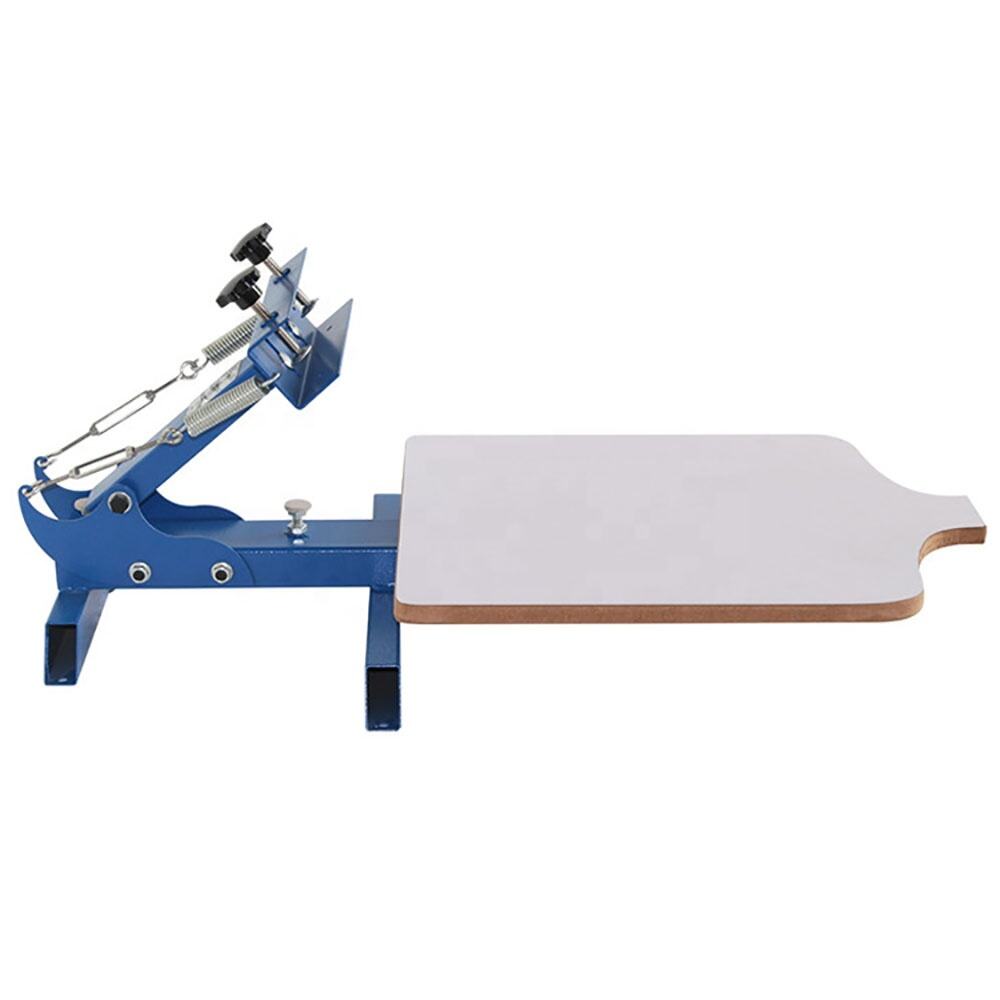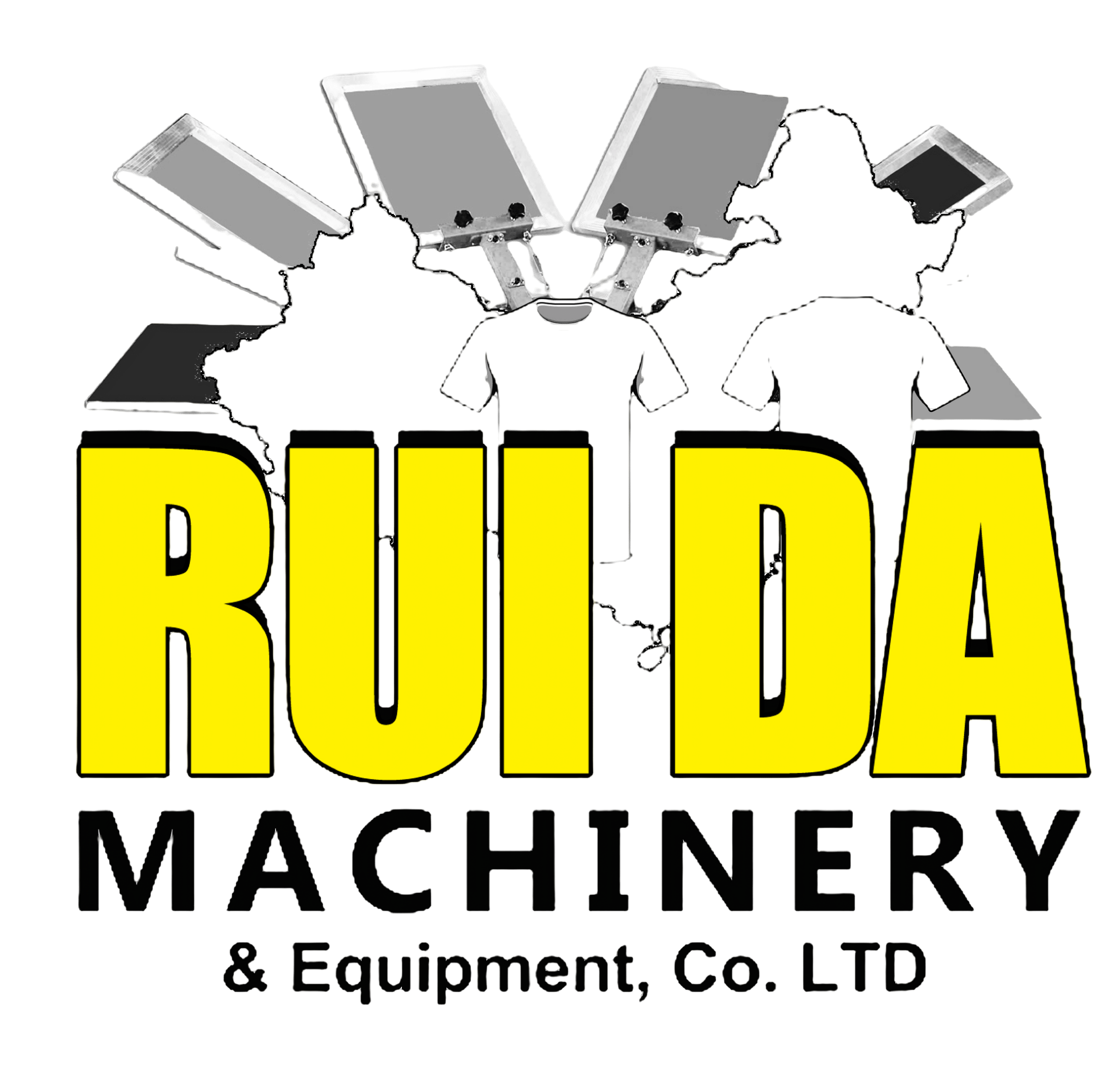Understanding the Evolution of Modern Printing Technology
Machine serigraphy represents a revolutionary advancement in the printing industry, combining traditional screen printing principles with automated precision. This sophisticated printing method has transformed how businesses approach large-scale printing projects, offering unprecedented efficiency and consistency in producing high-quality prints. As industries continue to evolve, machine serigraphy stands at the forefront of commercial printing innovation, delivering reliable results across various materials and applications.

The Fundamental Principles of Machine Serigraphy
Core Components and Mechanisms
At its heart, machine serigraphy relies on a complex system of automated components working in perfect harmony. The process begins with a finely woven mesh screen, typically made from polyester or nylon, stretched tightly across a frame. This screen serves as the foundation for the printing process, where specialized inks are pushed through predetermined areas to create the desired image. The mechanical elements include automatic squeegees, flash-cure units, and precision-controlled printing heads that ensure consistent pressure and ink distribution throughout the printing cycle.
The integration of computerized controls allows for precise adjustments of printing parameters, including pressure sensitivity, screen alignment, and ink flow regulation. These automated systems significantly reduce human error while maintaining exceptional print quality across large production runs. Modern machine serigraphy equipment often incorporates advanced features such as optical registration systems and automated screen cleaning mechanisms, further enhancing operational efficiency.
The Role of Digital Technology
Contemporary machine serigraphy systems leverage sophisticated digital interfaces that enable operators to program and monitor printing parameters with unprecedented accuracy. These digital controls manage everything from print speed and pressure to drying times and color registration. The marriage of traditional screen printing techniques with digital precision has revolutionized the industry, allowing for complex multicolor designs to be executed with remarkable consistency.
Advanced software solutions integrate seamlessly with machine serigraphy equipment, facilitating the creation and adjustment of designs, color separation, and production scheduling. This digital oversight ensures that each print meets exact specifications while maintaining efficient production flow.
Applications and Materials in Machine Serigraphy
Versatile Substrate Compatibility
One of the most significant advantages of machine serigraphy lies in its exceptional versatility across different printing surfaces. The technology excels in printing on textiles, plastics, metals, glass, and various paper products. This adaptability makes machine serigraphy an invaluable tool in industries ranging from textile manufacturing to industrial signage production. The ability to handle diverse materials while maintaining consistent quality has established machine serigraphy as a cornerstone of modern printing operations.
The precision of automated systems allows for accurate printing on both flat and curved surfaces, opening up possibilities for product decoration across numerous industries. Whether printing on delicate fabrics or rigid industrial components, machine serigraphy delivers reliable results with minimal waste and maximum efficiency.
Industrial Scale Production Benefits
In large-scale manufacturing environments, machine serigraphy proves its worth through remarkable production speeds and consistent output quality. The automated nature of the process allows for continuous operation with minimal downtime, significantly increasing throughput compared to manual screen printing methods. This efficiency translates directly into cost savings and improved production capacity for businesses operating in competitive markets.
The technology's ability to maintain precise color matching and image clarity across extensive production runs makes it particularly valuable for branded merchandise and standardized product lines. Companies can confidently produce thousands of identical items while maintaining strict quality control standards.
Quality Control and Maintenance Considerations
Ensuring Optimal Performance
Maintaining the precision and reliability of machine serigraphy equipment requires systematic attention to quality control protocols. Regular calibration of mechanical components, monitoring of ink viscosity, and careful screen tension management are essential aspects of maintaining optimal print quality. Operators must understand both the technical aspects of the equipment and the characteristics of different printing materials to achieve consistent results.
Advanced diagnostic systems integrated into modern machine serigraphy equipment help identify potential issues before they affect production quality. This proactive approach to maintenance helps minimize downtime and ensures consistent print quality throughout extended production runs.
Preventive Maintenance Strategies
Implementing comprehensive maintenance schedules is crucial for maximizing the lifespan and performance of machine serigraphy equipment. Regular cleaning of screens, inspection of mechanical components, and lubrication of moving parts help prevent unexpected breakdowns and maintain print quality standards. Training programs for operators should emphasize both routine maintenance procedures and troubleshooting techniques.
Documentation of maintenance activities and quality control measures provides valuable data for optimizing production processes and predicting potential equipment needs. This systematic approach to equipment care ensures reliable operation and consistent print quality over time.
Future Trends and Innovations
Technological Advancements
The future of machine serigraphy continues to evolve with the integration of artificial intelligence and advanced automation features. These innovations promise to further enhance production efficiency while reducing setup times and material waste. Smart sensors and machine learning algorithms are being developed to automatically adjust printing parameters based on environmental conditions and material properties.
Research into new ink formulations and screen materials suggests exciting possibilities for expanding the capabilities of machine serigraphy. These developments could lead to improved print quality on challenging surfaces and enable new applications across various industries.
Sustainability Initiatives
Environmental considerations are driving innovations in machine serigraphy technology, with a focus on reducing energy consumption and minimizing waste. Manufacturers are developing eco-friendly ink options and implementing more efficient drying systems to decrease the environmental impact of printing operations. These sustainable practices not only benefit the environment but also help companies meet increasingly stringent regulatory requirements.
The industry is also exploring recycling programs for screens and developing water-based ink alternatives that maintain the high quality standards expected in professional printing while reducing environmental impact.
Frequently Asked Questions
How does machine serigraphy differ from traditional screen printing?
Machine serigraphy automates the screen printing process, offering higher precision, consistency, and production speeds compared to traditional manual methods. It incorporates computerized controls and mechanical systems that ensure uniform print quality across large production runs while reducing human error.
What materials can be printed using machine serigraphy?
Machine serigraphy is highly versatile and can print on a wide range of materials including textiles, plastics, metals, glass, and paper products. The technology's adaptability makes it suitable for various applications across different industries, from fashion to industrial manufacturing.
What maintenance does machine serigraphy equipment require?
Regular maintenance includes cleaning screens, calibrating mechanical components, monitoring ink systems, and inspecting moving parts. Preventive maintenance schedules should be followed to ensure optimal performance and longevity of the equipment, while regular quality control checks help maintain consistent print quality.

